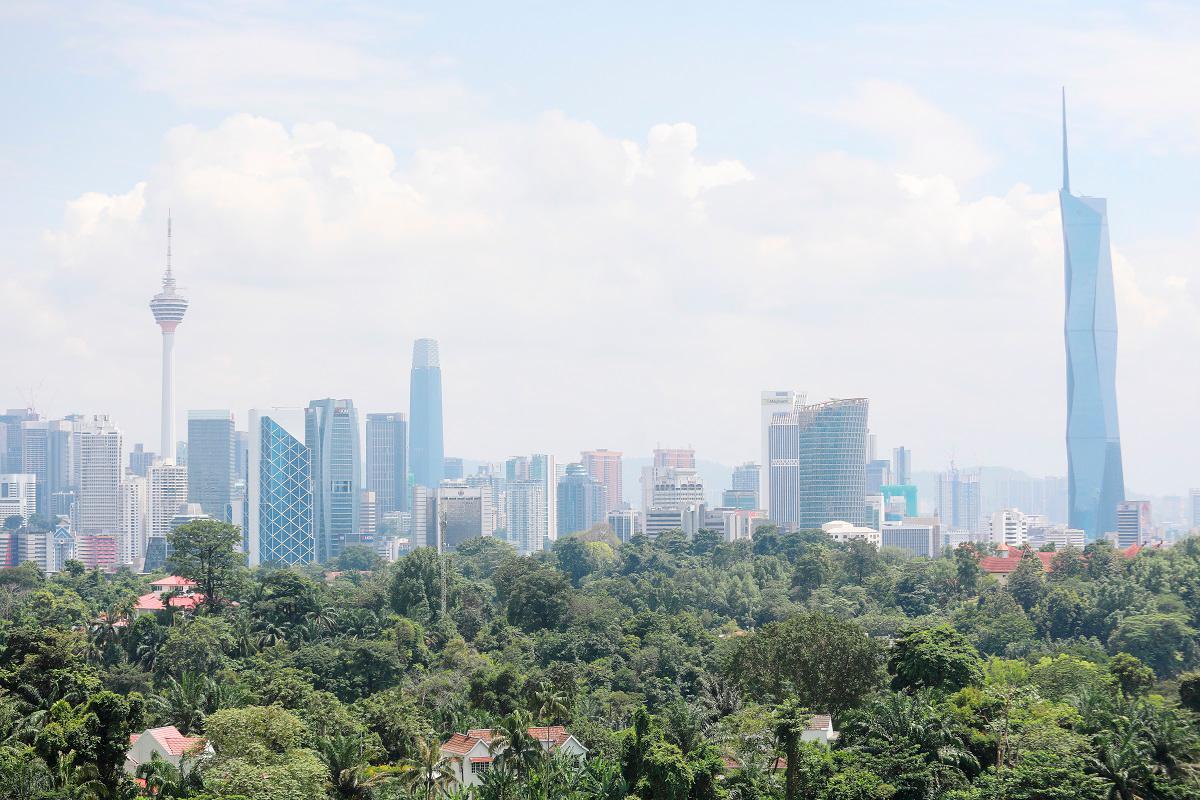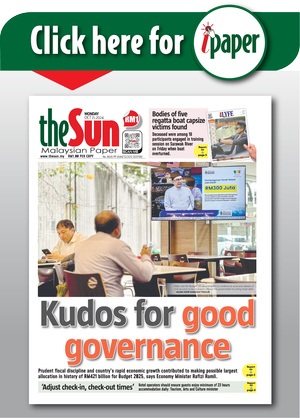PETALING JAYA: An environmental expert has said haze could be prevented with better regional land management, enforcement, cooperation and public awareness.
Universiti Teknologi Malaysia Water and Environmental Engineering Department senior lecturer Dr Norelyza Hussein said the recurring issue is due to transboundary air pollution, particularly from the open burning of peatlands and forests.
“What makes it worse are meteorological conditions such as prolonged dry spells, low wind speeds and (conditions) that trap pollutants in the air.”
While the source of haze has yet to be officially confirmed, she said the pattern is consistent with land-clearing activities in parts of Southeast Asia.
“Agencies such as the Asean Specialised Meteorological Centre help track hotspots and wind directions to determine the sources.
“But it is important to acknowledge that domestic activities, such as open burning and emissions from vehicles also contribute to localised haze.”
Norelyza said rainfall could provide short-term relief by removing airborne particles, but the effect is often temporary if pollution sources remain unchecked.
She added that while climate change does not directly cause haze, it contributes to conditions that make it worse.
“Rising global temperatures and shifting rainfall patterns lead to longer, drier seasons that are perfect conditions for fires and open burning.”
She urged the public to observe air quality levels and take precautions.
“Health risks increase when the Air Pollutant Index (API) exceeds 100, but even moderate readings could affect vulnerable groups such as children, the elderly and individuals with respiratory or heart conditions.”
Despite the possibility of haze, Norelyza is hopeful that it could be reduced through long-term, targeted efforts.
“Strengthening early warning systems, encouraging the use of air quality monitoring tools and reducing open burning are critical.”
Norelyza said on the regional front, Malaysia is a signatory to the Asean Agreement on Transboundary Haze Pollution.
“We are making progress, but stronger implementation and better data sharing are needed.
Capacity-building and technical support are vital if we want long-term solutions.
“Solving the haze problem requires science, policy and public involvement. With commitment and cooperation, there is a path forward to clearer skies and healthier air for all Malaysians.”
As of noon yesterday, several parts of Peninsular Malaysia recorded unhealthy API levels.
Nilai in Negeri Sembilan registered the highest at 164, followed by Johan Setia and Banting in Selangor at 155 and152 respectively.
Temerloh in Pahang also crossed into the unhealthy range with a reading of 101.
Putrajaya recorded a moderate level of 100, while Port Dickson showed a reading of 92.
A total of 58 locations posted moderate readings between 51 and 100, including Cheras, Alor Gajah, Petaling Jaya, Batu Muda, Shah Alam and Klang.
Only six areas recorded good air quality with API readings below 50.
According to the Malaysian Meteorological Department (MetMalaysia), transboundary haze from Sumatra, Indonesia, is currently affecting several west coast states.
“A total of 79 hotspots were detected in Sumatra, and smoke is being carried over by southwesterly winds,” said MetMalaysia director-general Dr Mohd Hisham Mohd Anip.
He added that no significant rainfall or wind shifts are expected in the coming days, meaning API conditions could persist.
In response, the Environmental Department has activated both the National Open Burning Action Plan and the National Haze Action Plan.
Its director-general Datuk Wan Abdul Latiff Wan Jaafar said enforcement patrols have been intensified, although no fires have been detected.









